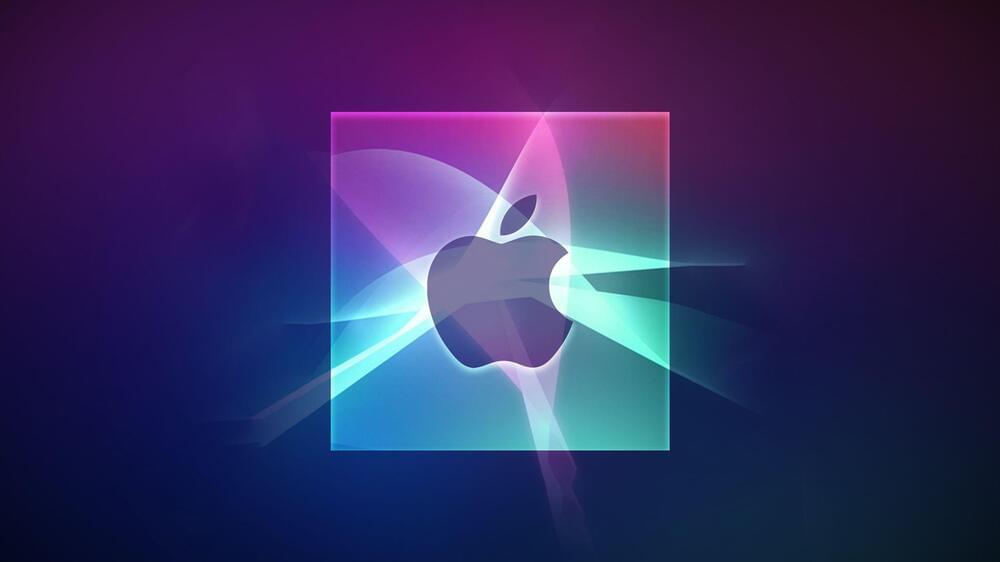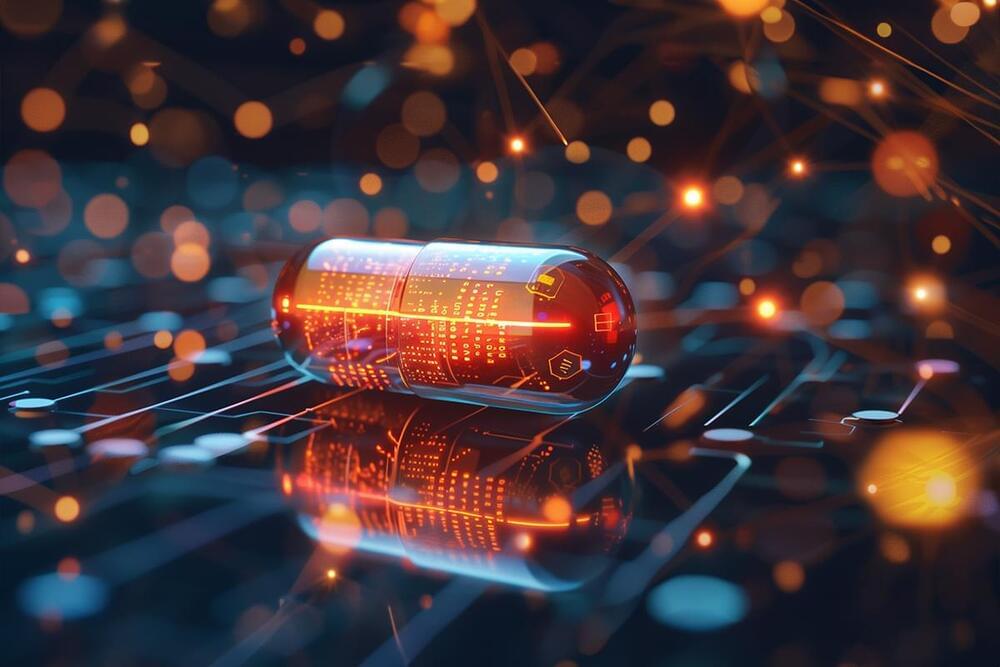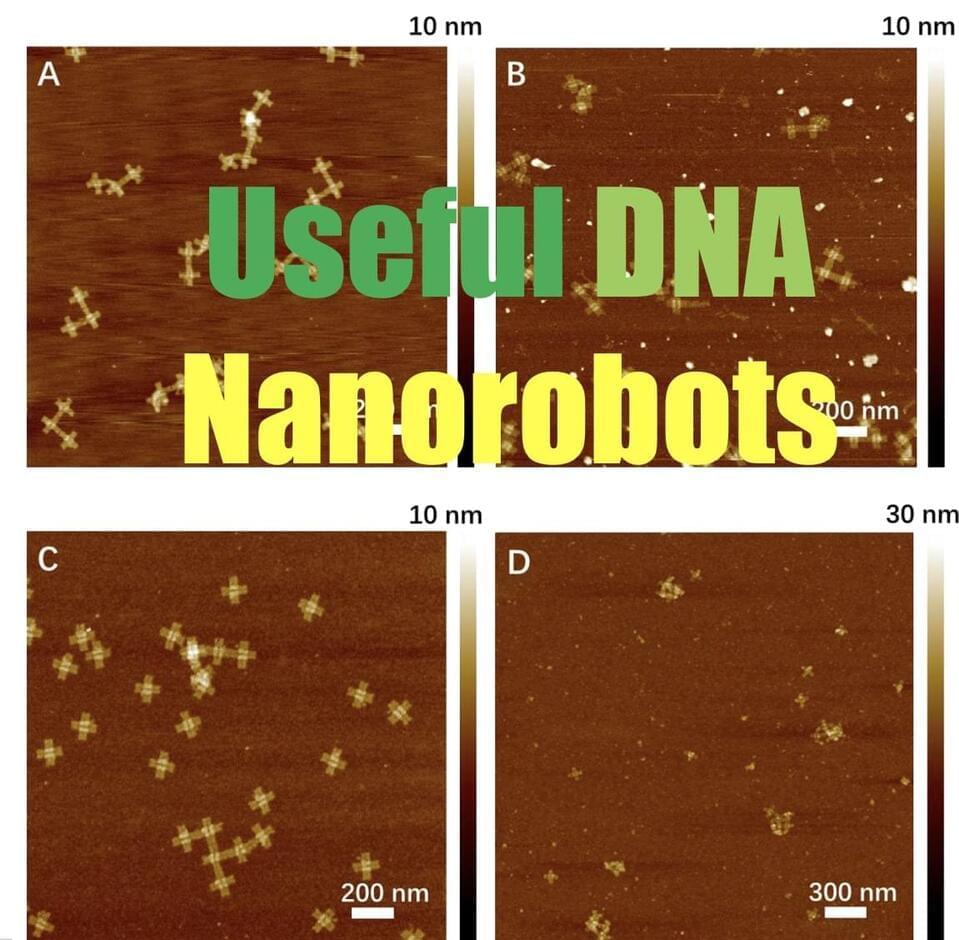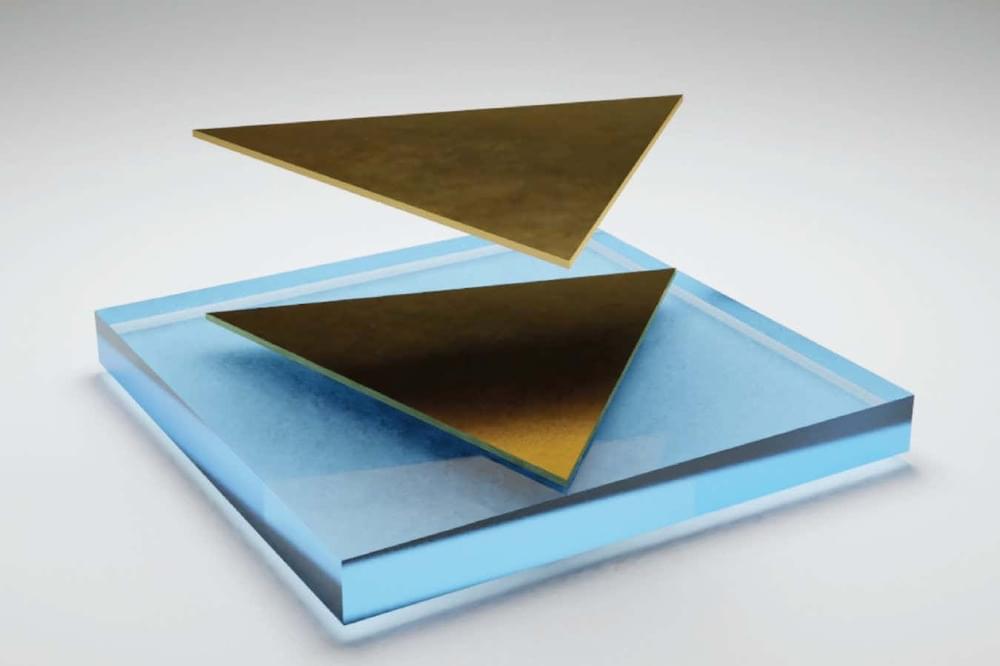Apr 24, 2024
Apple Releases Open Source AI Models That Run On-Device
Posted by Dan Kummer in category: robotics/AI
Apple today released several open source large language models (LLMs) that are designed to run on-device rather than through cloud servers. Called OpenELM (Open-source Efficient Language Models), the LLMs are available on the Hugging Face Hub, a community for sharing AI code.
As outlined in a white paper [PDF], there are eight total OpenELM models, four of which were pre-trained using the CoreNet library, and four instruction tuned models. Apple uses a layer-wise scaling strategy that is aimed at improving accuracy and efficiency.


















